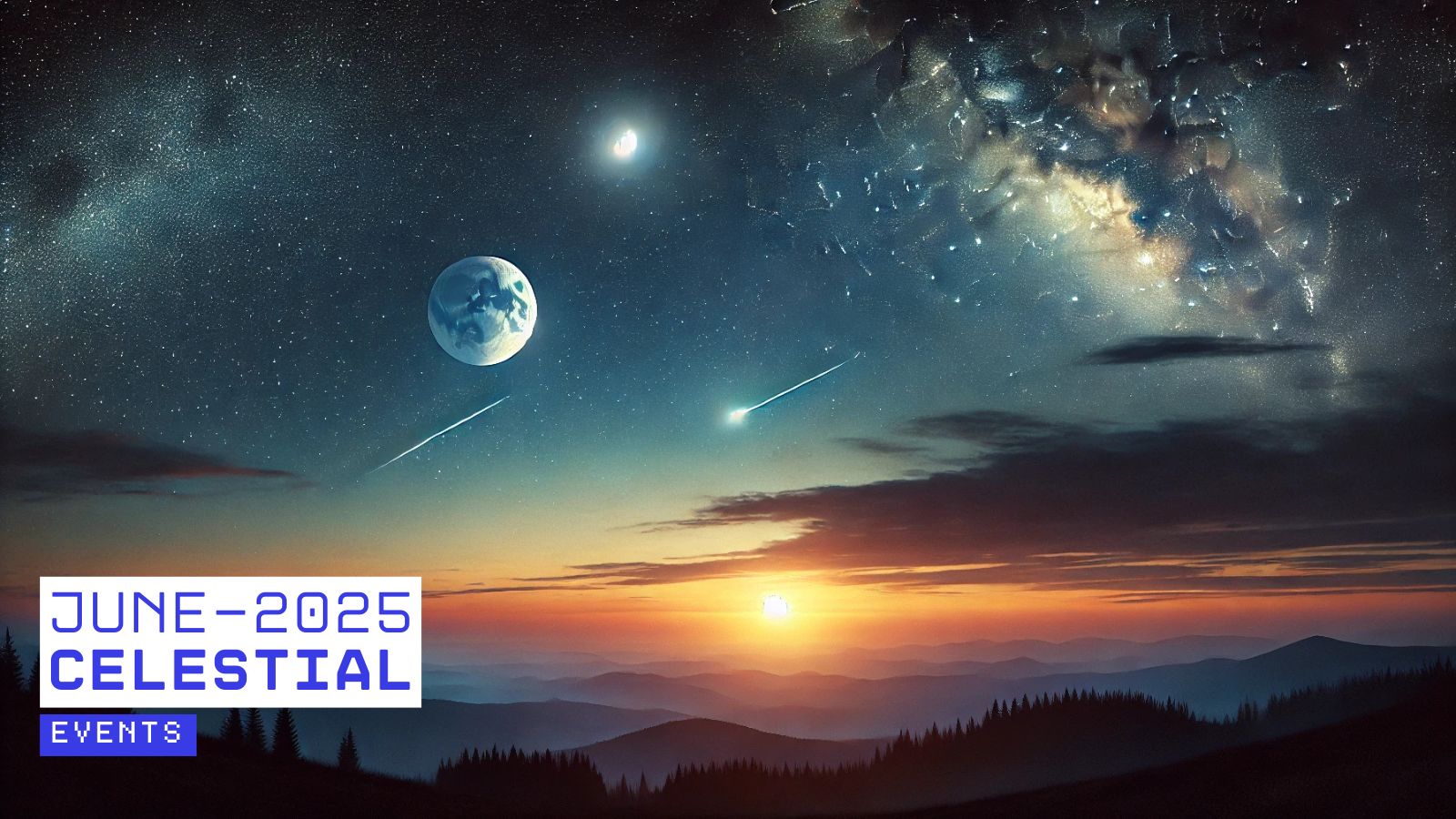June is offering a bounty of celestial events. From bright and beautiful moon sightings to the shining light of Venus, this month brings forth a sense of magic and wonder. The month will also witness the longest day of the year during the summer solstice.
Be it watching from your backyard with friends or catching up on a livestream, these celestial events promise to offer a visual treat for everyone. Below is a list of sky events to watch out for this month.
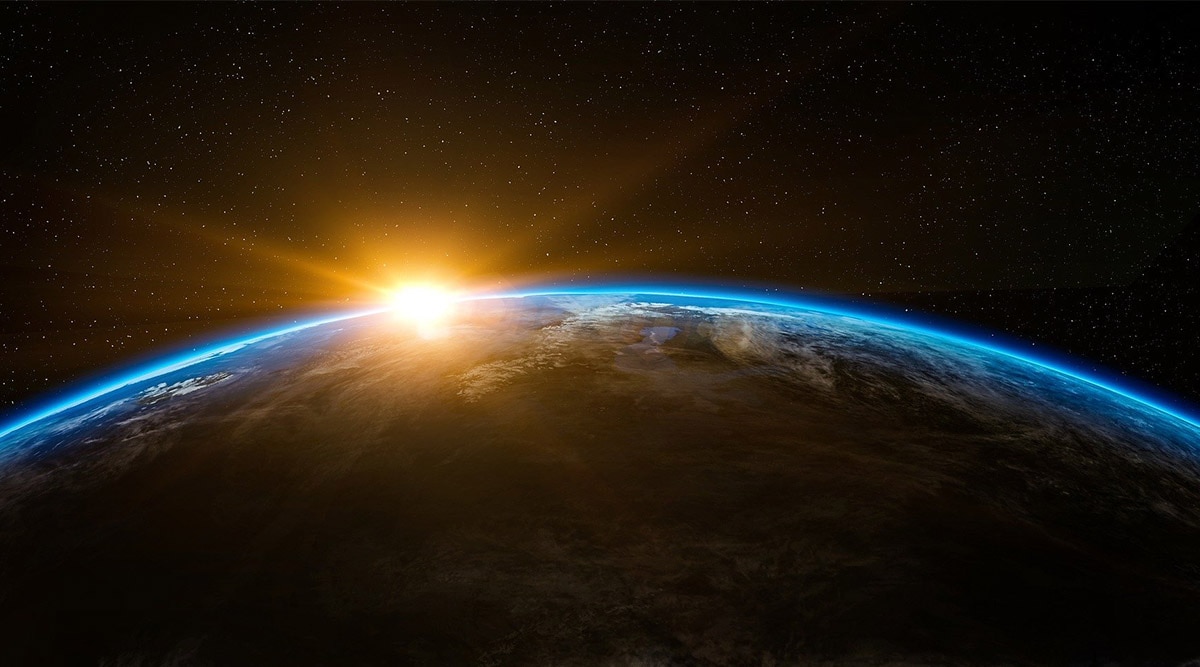 Summer Solstice has been seen as a significant time of the year in many cultures and has been marked by festivals and rituals across the globe. (Illustrative image) (Image credit: Pixabay)
Summer Solstice has been seen as a significant time of the year in many cultures and has been marked by festivals and rituals across the globe. (Illustrative image) (Image credit: Pixabay)
June 21: The beginning of astronomical summer
This year’s summer solstice for the Northern Hemisphere will happen on June 20 at 10:45 pm EDT (2:42 GMT). During this time, the Northern Hemisphere will be closest to the Sun. It also brings the longest day and the shortest night of the year, marking the beginning of summer. On the other hand, the Southern Hemisphere is tilted farther from the Sun. Here it will be the shortest day and the longest night of the year, essentially the beginning of the winter. The summer solstice for the Southern Hemisphere will take place on December 21 at 10:03 am EST (15:03 GMT).
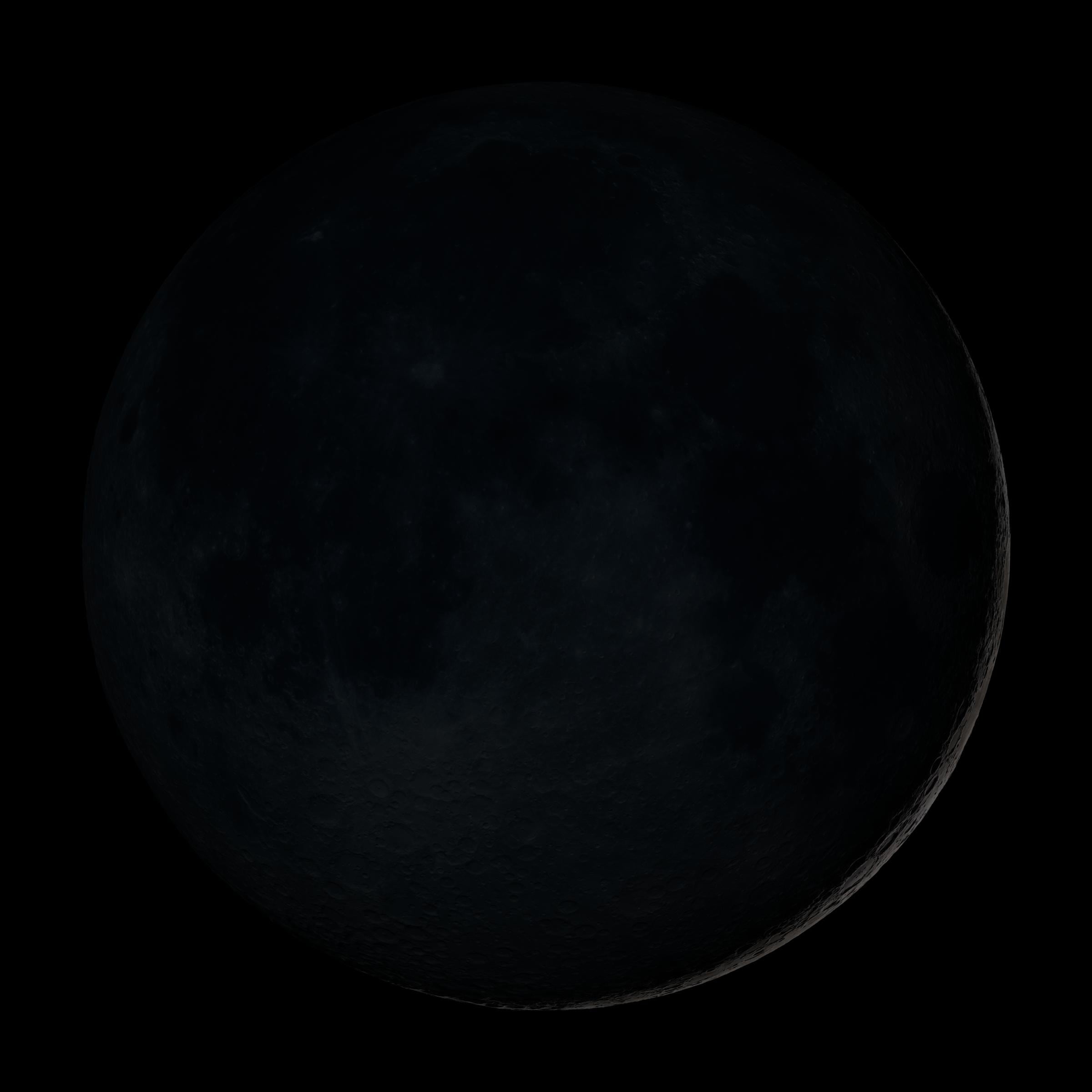 The upcoming new moon can be a perfect opportunity for stargazers. (Image Source: Wikipedia)
The upcoming new moon can be a perfect opportunity for stargazers. (Image Source: Wikipedia)
June 25: New moon – Ideal time for stargazing
The New Moon will occur on June 25 at 10:31 GMT (4:01 PM IST). This phenomenon happens when the moon aligns directly between the Earth and the sun. During this time, the moon’s shadowed side is pointed towards the Earth. Since the Moon won’t be visible in the sky, it offers the perfect opportunity for stargazing. With no bright moonlight, you will be able to see deep-sky objects and even the Milky Way.
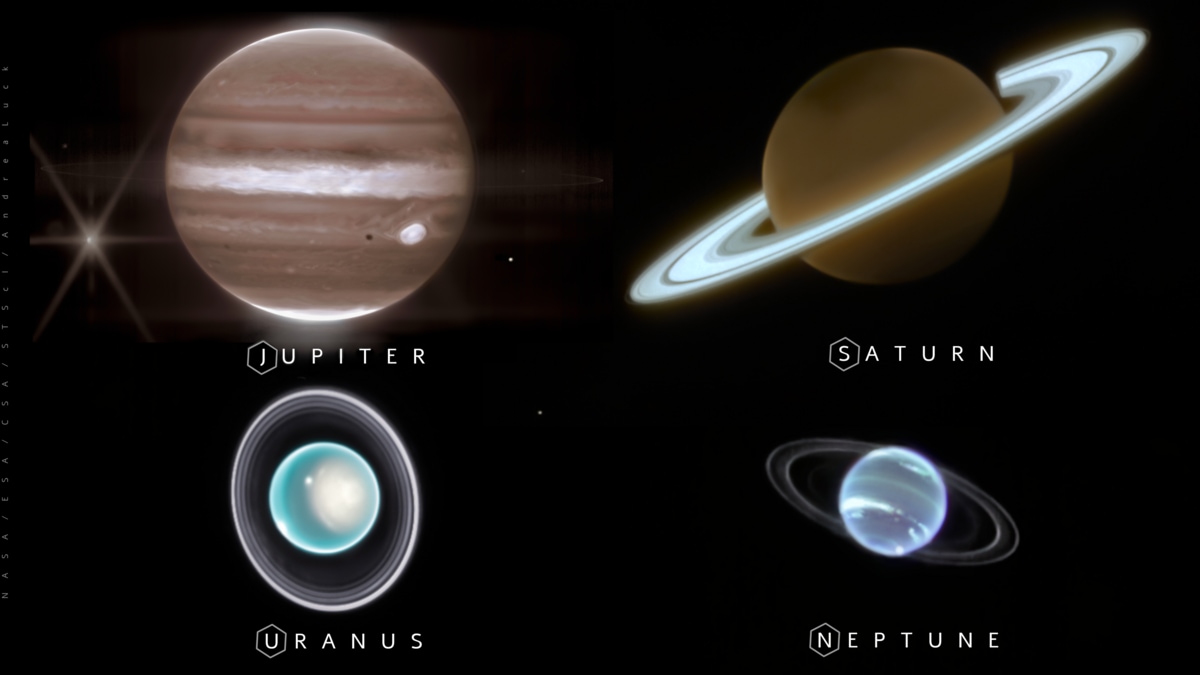 Neptune and Uranus will be very close this month. (Image Source: Wikimedia Commons)
Neptune and Uranus will be very close this month. (Image Source: Wikimedia Commons)
June 29: Saturn and Neptune come close together
On June 29 at 08:20 GMT (1:50 PM IST), Saturn and Neptune will appear close to each other in the sky in the constellation Pisces. One can see Saturn (which shines at magnitude 1.0) with your eyes, but Neptune is much dimmer (magnitude 7.9), so you’ll need binoculars or a telescope to spot it.
This is the first of three times the two planets will appear close together in what’s called a “triple conjunction”. This happens because both planets will start moving backward in the sky (a motion called ‘retrograde’): Neptune on July 5 and Saturn on July 14. They will meet again on August 6, 2025, and February 16, 2026.
Story continues below this ad
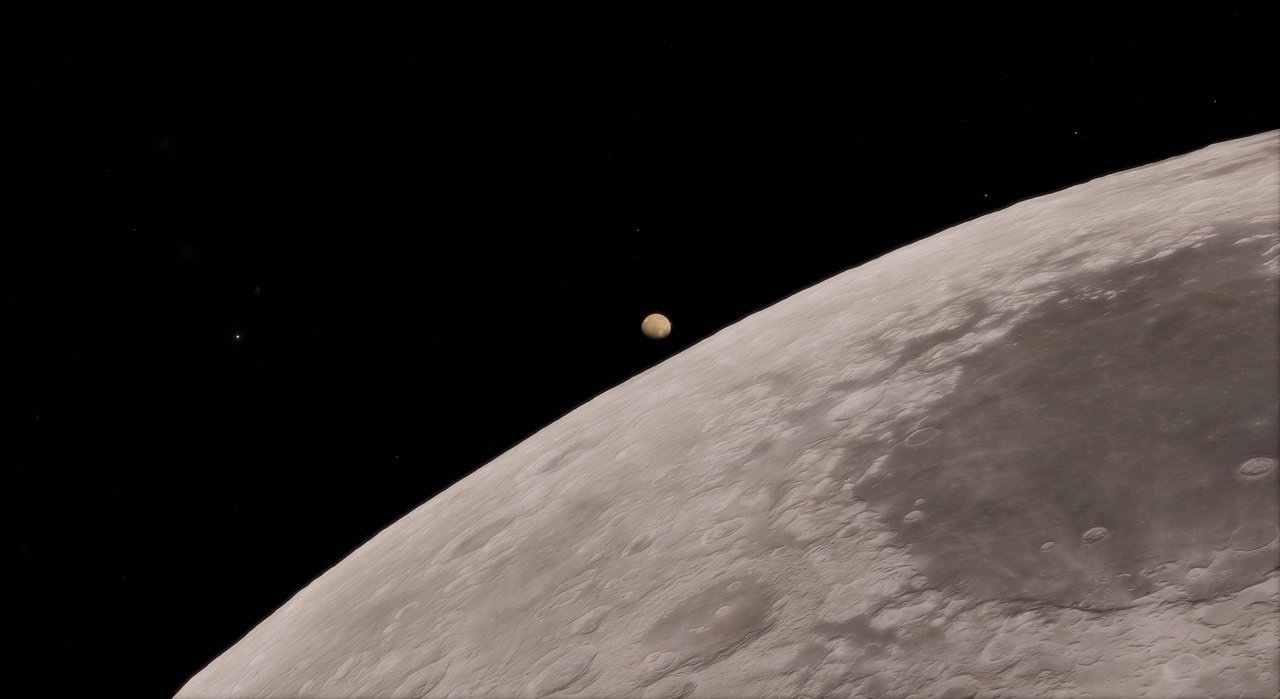 Artist’s impression of the Mars occultation by the Moon on 16 November 2018, as seen from the Earth’s surface. (Image Source: ESO)
Artist’s impression of the Mars occultation by the Moon on 16 November 2018, as seen from the Earth’s surface. (Image Source: ESO)
June 29–30: Lunar occultation of Mars
Between 22:57 GMT on June 29 and 03:35 GMT on June 30, the Moon will move in front of Mars and hide it for a short time. This rare event is called a lunar occultation and can be seen from places like western Peru, Ecuador, western Colombia, and Clipperton Island.
June 2025 is packed with amazing things to see in the sky, which includes, on June 1, Venus shining brightly in the morning. On June 7, look out for daytime meteors. The Full Moon on June 11 was the most extreme of the year, and on June 30, the Moon will pass in front of Mars in a rare event called a lunar occultation.
To keep up with all these events, try the free Sky Tonight app. It shows what’s happening in the sky from where you are stargazing and sends alerts for space events.
(This article has been curated by Disha Gupta, who is an intern with The Indian Express.)
© IE Online Media Services Pvt Ltd


